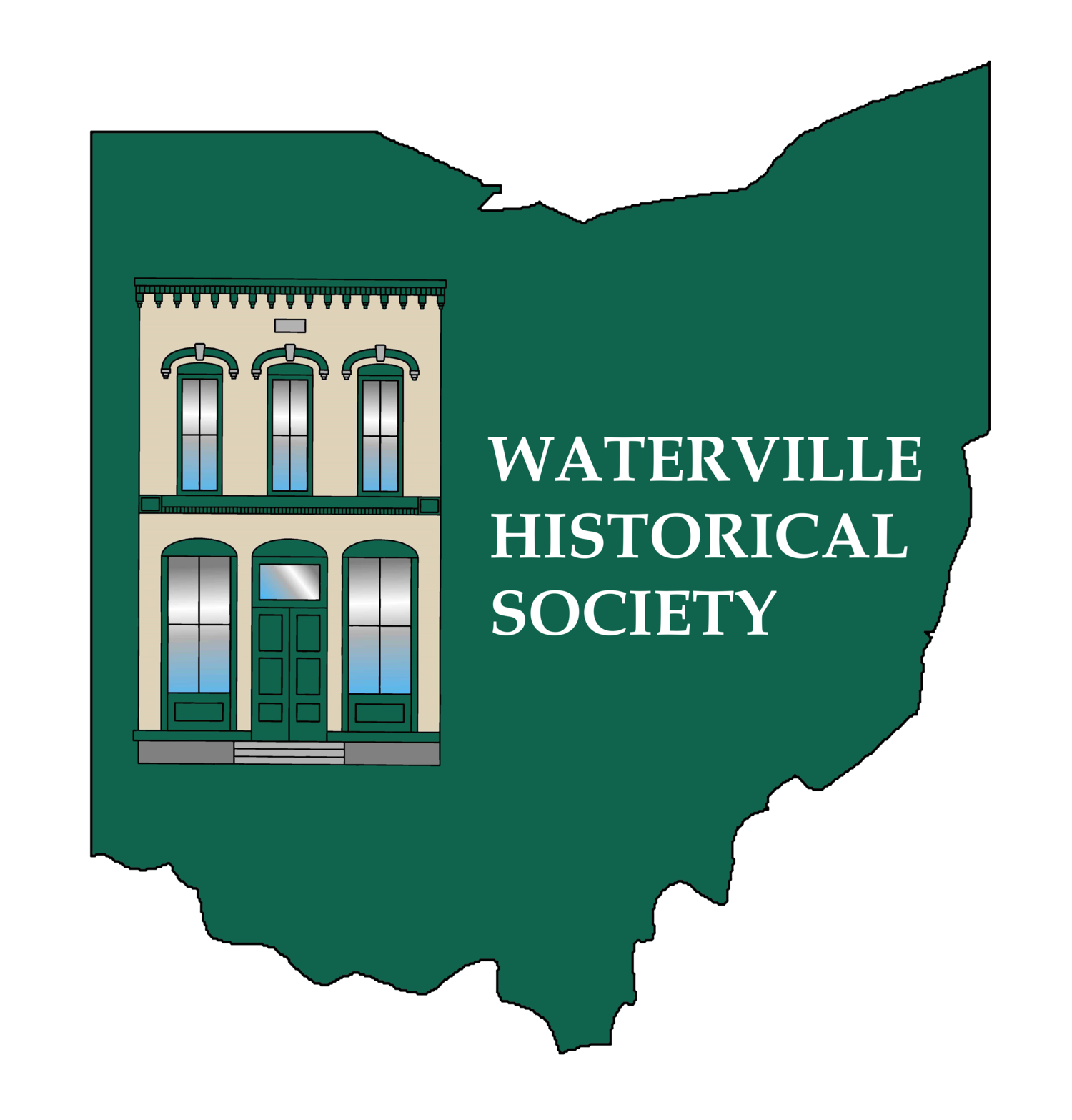Local Residents Oppose Stitt Road Site for New Toledo Express Airport
I remember the dedication ceremony and air show of the Toledo Express Airport on Oct. 31, 1954 on Airport Highway. It was a cold and windy day, and I was a young girl attending with my parents, George F. and Leona Sherer, my younger sister, Patty, and my grandparents. According to the Blade, 35,000 people attended. It was a big day for area residents, but especially for my father as a land owner and farmer in Waterville Township and member of the group that opposed the favored Stitt Rd. site.
As early as 1939, a search was begun to find a suitable location for a new airport with a longer landing strip that could accommodate the larger jet airplanes that were being built and to be a defensive site between New York and Chicago. The outdated Municipal Airport (Metcalf Field) could not be expanded due to the railroad tracks. The search began in earnest in 1944 for an ideal site. As many as 19 sites were considered, including: Maumee, Sylvania, three near Holland, Union Station, Point Place, Glendale, Oregon, Perrysburg, Garden Rd. and two in Michigan, but a site in Monclova and Waterville Townships was favored by the city of Toledo. Occupying mostly farm land and homes between Whitehouse and Waterville, it was bounded on the north by Stitt Rd., on the east by Waterville-Monclova Rd., Finzel Rd. on the west and an indefinite line on Rt. 64 to the south intersecting Dutch Rd. The Stitt Rd. site was favored since, 2,000 acres were needed to build a runway long enough, there were no obstacles to safe air operations and easy access on the new A.W. Trail. The 445th Bombardment Squadron, Air Force Reserves was interested in locating there.
On April 12, 1948, about 75 land owners met to oppose the Stitt Rd. site and formed the Maumee Valley Protective Association. Glen Niederhouse was elected President, Marion Moser, Secretary and Don Fischer, Treasurer, which is the group my father joined. 154 residents of the two townships presented signed petitions circulated by Clarence Burkett, Herman Moser, Christopher Fisher, Arthur Holliker and Dan Neiderhouse opposing the site. Also, a resolution was presented to Toledo City Council to choose another site where the land is not as fertile, by Waterville Township trustees, signed by George Bidwell, Edwin Berger, John Wittes, and Clark Roach, clerk. Waterville, Whitehouse and Monclova school boards opposed the site since a new consolidated high school was being planned in that vicinity.
The next day, April 13th, by a unanimous vote, the Toledo Aviation Commission voted for the location of the Class IV airport to be the Stitt Rd. site. A protest meeting was held April 28, 1948 at Waterville School attended by 400 residents of the three townships to form a resolution citing numerous objections to the Stitt Rd. site.
In early May at the Toledo City Council meeting, 165 people attended to protest the Stitt Rd. site and voice their objections. Don Demuth, Waterville Village attorney, argued that the area was being increasingly populated, that the city had no right to take away such fertile farm land, would decrease property values and loss of taxes would hurt the schools. Neiderhouse of the M.V.P.A. pointed out that an airport built on clay would “heave” in winter weather. My father, George F. Sherer, read a letter sent to him from Louis Bromfield, author and well known conservationist of Malabar Farm in Ohio. In it, Mr. Bromfield stated that the proposed site near Stitt Rd. would destroy some of the most productive agricultural land in the state of Ohio. He also advised that land near Swanton, Ohio, the same distance from Toledo, where there were large areas of inferior quality land, would be a more suitable location, thereby saving the rich soil of Waterville and Monclova Townships. He argued that our nation can no longer afford the destruction of good soil which causes the price of food to go up and we should take care of our natural resources. Andrew Harvey of Waterville read his letter to the Commission stating that since an airport is considered an industrial use of land, it therefore should be located in an area that is currently industrial. Karis Hanifan stated that by locating the airport on this land Page Dairy would lose a ton of milk a day. A hand vote of those opposed was 100% unanimous.
Finally on Nov. 3, 1952 the final choice was chosen by Toledo City Council. Located near Oak Openings, it met all the requirements: mostly industrial, no concentrated residential areas, no public buildings, room for expansion, adequate soil conditions and met safety requirements in case of emergency landings. It was funded by six local industries; L.O.F., O-I, Owens Corning, Champion Spark Plug, Electric Auto-Lite and Willys-Overland Motors. The Toledo Express airport took two years to build and opened in 1955. This year it will celebrate its 65th anniversary.

